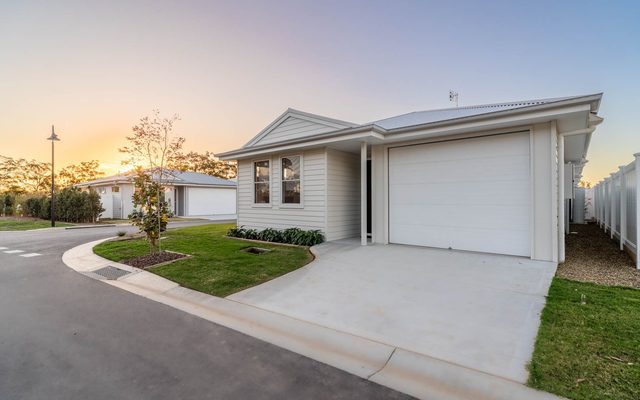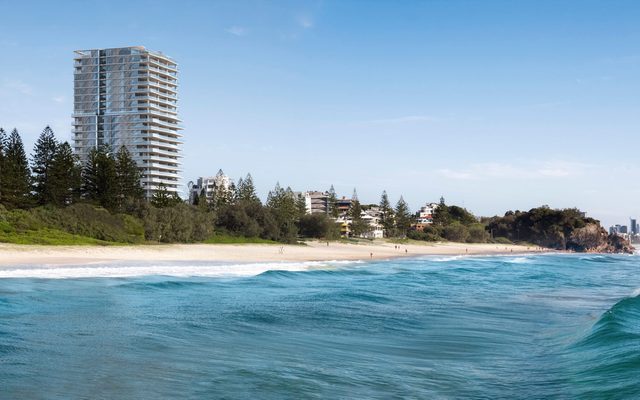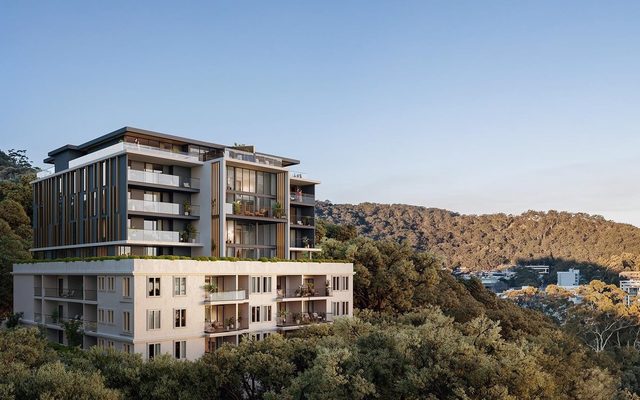This article is from the Australian Property Journal archive
DESPITE higher house prices and concerns of a potential overbuilding, housing supply and demand remain in balance, an analysis by Fitch Ratings found.
Fitch’s latest report found Australia’s high house prices and record levels of housing construction have not yet pushed demand and supply out of balance.
Housing completions have risen steadily over the past four years, reaching a record quarterly high of 57,025 in June 2016.
Fitch director of structured finance James Zanesi said although housing completions reached a record quarterly high in June 2016, Australian dwellings completed, when compared to population, have remained relatively stable over the recent years.
The ratio rose to 2.4 houses per 1,000 citizens in the June 2016 quarter, but the increase is much slower than those seen in Ireland and Spain in the run-up to the 2008 global financial crises, when completions were up to four times the levels in Australia.
“Changes in population are a good guide to current and future housing demand. By combining housing completions and population data, we can get an assessment of changes in supply and demand for housing. In Australia’s case, the average number of people per dwelling has remained relatively constant over recent years,”
“When comparing new houses completed to new citizens, Australia had a ratio of 0.57 at June 2016, the highest level in 10 years. This equates to 1.75 people per new house completed, lower than the Australian Bureau of Statistics’ estimated average 2.6 people per dwelling,” Zanesi said.
Having said that, Fitch said oversupply could result if the increase in home completions outpaces population growth, which could lead to a decline in property prices.
“The amount of housing completed per new citizen remains well below Australia’s previous peak in 2002-2006 and the peaks seen in Great Britain, Spain and Ireland, when more than one house was completed for every new citizen.
“Oversupply could result if the increase in home completions outpaces population growth. Housing start data currently indicate housing completions are unlikely to accelerate in the near term, leaving changes in population growth most likely to endanger the balance of supply and demand. Any deceleration in population growth – most likely through a change in immigration policy – could lead to an oversupply of housing and result in falls in property prices,” the Fitch report said.
“Property price growth is a key driver of mortgage performance. Significant falls in population growth could have a negative impact on house prices and mortgage performance – and thus RMBS ratings.
“Fitch mitigates downward price movements by applying a market-value decline of between 45% and 56.6% for houses in an ‘AAAsf’ stress scenario. Fitch expects ratings to be stable through the cycle, as this stress captures any extreme movement in prices,” the report said.
Australian Property Journal




